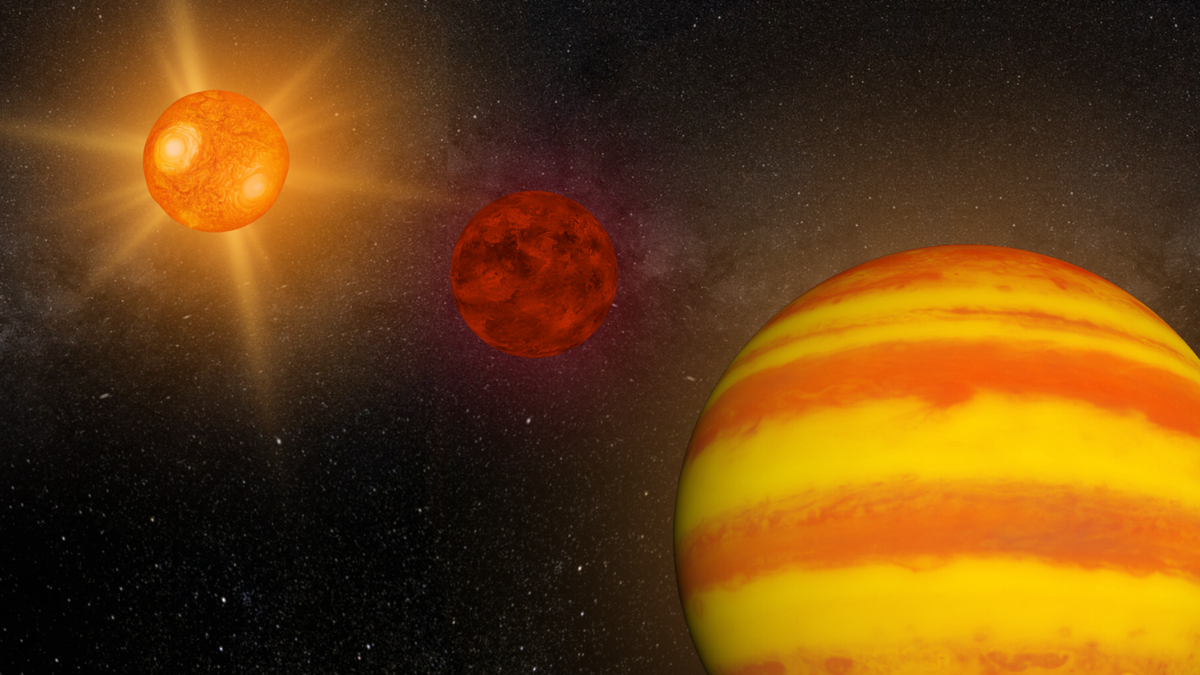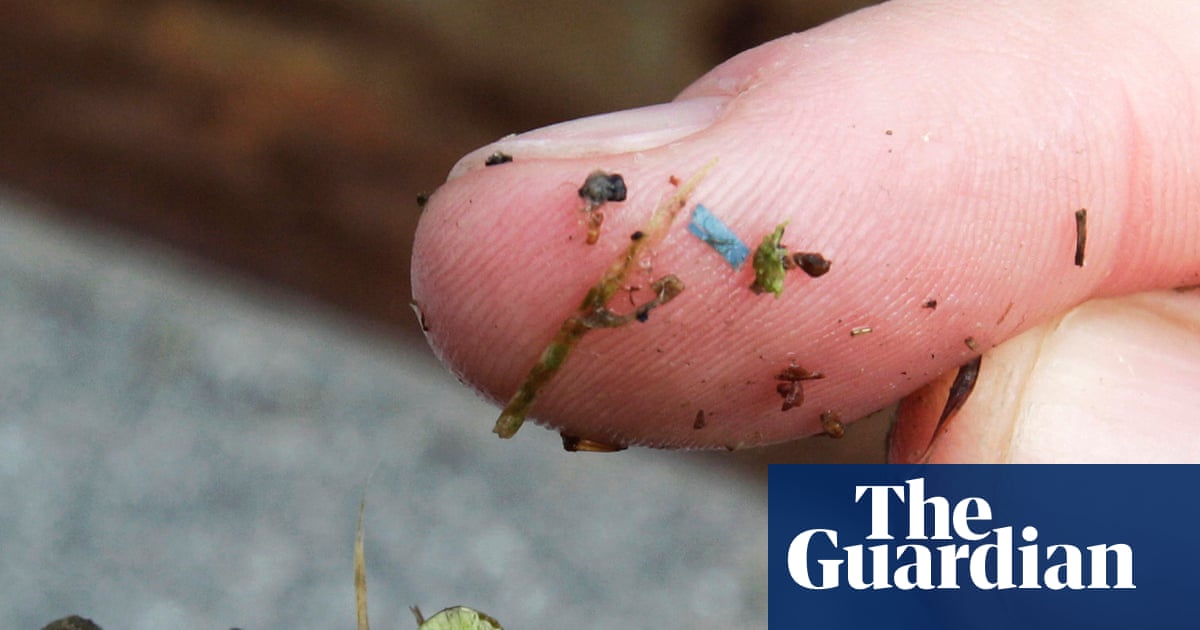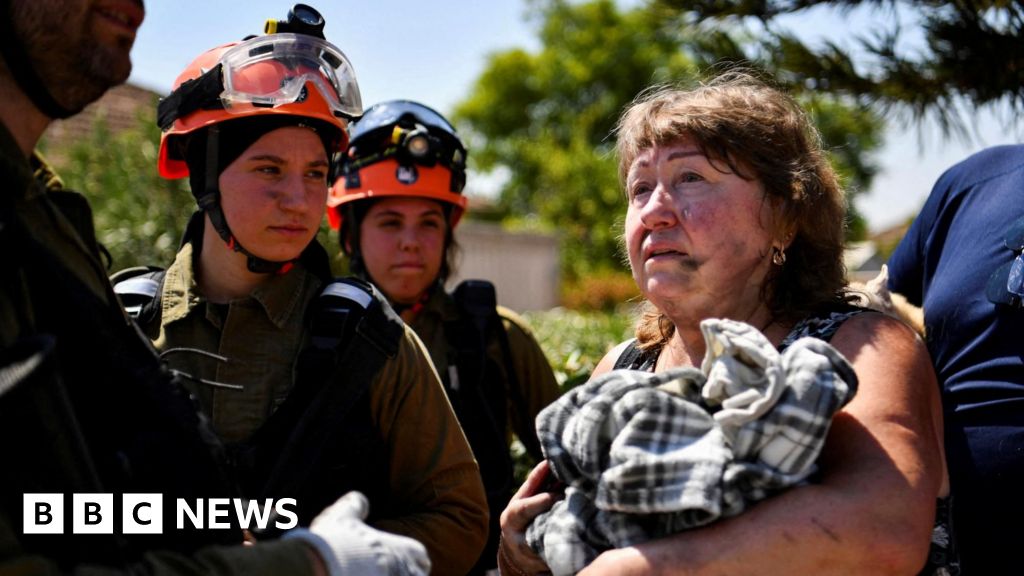This image shows Olympus Mons, the tallest volcano not only on Mars but in the entire Solar System. … [+]
Planetary scientists have long thought that the equatorial regions of Mars were too sunny and its atmosphere too thin to host frost or ice, but new images suggest otherwise.
A new paper published in Nature Geoscience revealed that the European Space Agency’s ExoMars and Mars Express missions have spotted water frost near Mars’ equator for the first time, on its Tharsis volcanoes, the tallest volcanoes in the solar system.
The region is home to the colossal Olympus Mons—three times taller than Mount Everest—and the Tharsis Montes shield volcanoes.
This high-resolution image shows newly discovered frost at the top of Olympus Mons, the tallest … [+]
Exciting Discovery
“We thought it was impossible for frost to form around Mars’s equator, as the mix of sunshine and thin atmosphere keeps temperatures relatively high at both surface and mountaintop,” said lead author Adomas Valantinas, who made the discovery while a Ph.D. student at University of Bern, Switzerland, and is now a postdoctoral researcher at Brown University in Providence, Rhode Island.
“Its existence here is exciting and hints that there are exceptional processes at play that are allowing frost to form,” he said.
Researchers have discovered frost atop volcanoes near Mars’s equator for the first time – a part of … [+]
Unique Microclimate
Mars is not like Earth, where frosty peaks are common. Mars has low atmospheric pressure, which means mountaintops are about the same temperature as the plains. What the scientists think is happening is that moist air is blowing up mountain slopes and condensing as frost in the chillier calderas of the Tharsis volcanoes. Air is circulating in such a way that it’s creating a microclimate that’s never been seen before.
The amount of frost found on Mars equivalent to roughly 60 Olympic swimming pools. It’s been detected in very thin patches, but covers a vast area. It only exists for a few hours around sunrise, before evaporating in sunlight.
This simulated perspective oblique view shows Olympus Mons, the tallest volcano not only on Mars but … [+]
Overdue Discovery?
The frost was found by ExoMars TGO and Mars Express, which have been conducting orbital science since 2018 and 2003, respectively. So why has it taken so long to find this microclimate on Mars? “We need an orbit that lets us observe a location in the early morning,” said Valantinas. Of the seven orbiters around Mars, all except for ExoMars TGO and Mars Express are synchronized to the sun, so can only study Mars in the afternoon.
But there’s another reason. “Frost deposition is linked to colder martian seasons, making the window for spotting it even narrower,” said Valantinas. “We have to know where and when to look for ephemeral frost. We happened to be looking for it near the equator for some other research but didn’t expect to see it on Mars’s volcano tops.”
Follow me on Twitter/X and Instagram.
Pick up my books Stargazing in 2024, A Stargazing Program For Beginners and When Is The Next Eclipse?
Wishing you clear skies and wide eyes.

Dr. Thomas Hughes is a UK-based scientist and science communicator who makes complex topics accessible to readers. His articles explore breakthroughs in various scientific disciplines, from space exploration to cutting-edge research.








